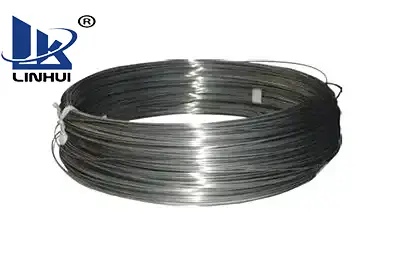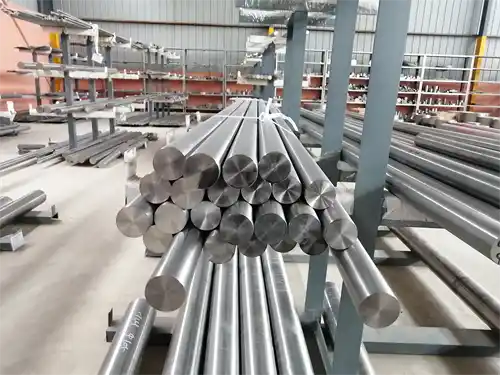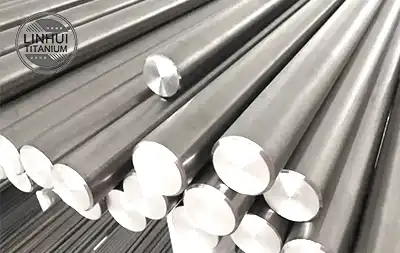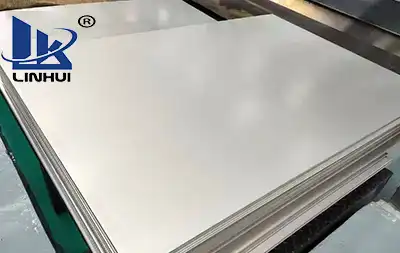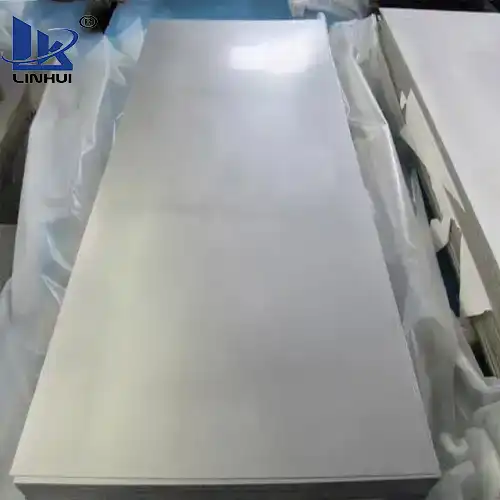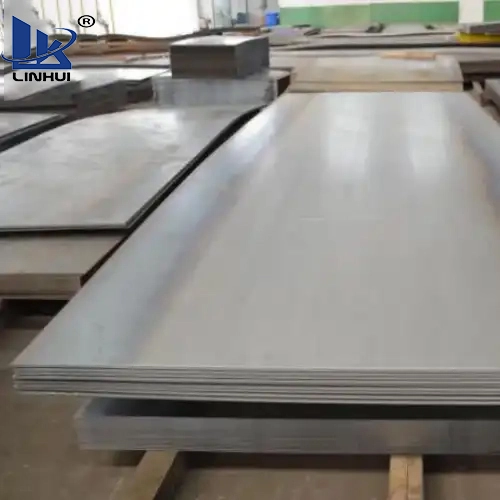Titanium and titanium alloys are engineering structural materials with a series of excellent properties such as low density, high strength, good heat resistance, and high toughness. Relevant information shows that the application of high-performance titanium and titanium alloys in the aerospace industry accounts for about 70% of the total production of titanium materials. At present, high-performance aircraft, and advanced engines, such as compressor discs, compressor blades, fan blades, and magazines are manufactured with titanium alloys. The application of titanium alloy in aircraft and its engines, etc. inevitably requires the use of welding means for connection, therefore, the welding process of titanium alloy plays an important role in expanding the application of titanium alloy.
Electron beam welding of titanium alloys
Electron beam welding is now increasingly being used in the welding of titanium alloys. Electron beam welding is a new welding technique that uses the heat energy generated by converging high-speed electron bombardment of the workpiece joints to heat, melt, cool, and crystallize the weld seam.
Vacuum electron beam welding. Since the welding process is carried out in a vacuum environment, the effect of air on the weld winding is eliminated, so the weld is well protected. Atmospheric pollution can be completely prevented, and it is easy to obtain a weld seam of higher quality than in a non-vacuum environment. Vacuum electron beam welding of titanium and titanium alloys has unique advantages, as shown by the good quality of weld metallurgy weld narrow seam, weld, and heat-affected zone grain size, good joint performance welding fast. Most of the grains produced after electron beam welding are more uniform equiaxed crystals [i], and the welded joint has a higher temperature.
Since vacuum electron beam welding requires a vacuum chamber, it is generally not suitable for outdoor welding as well as large-size workpiece welding, and the weld is prone to porosity, which is not suitable for mass production.
Laser welding of titanium alloys
Laser welding is a highly efficient and precise welding method using a high-energy-density laser beam as the heat source. Laser welding has the advantages of high energy density, small thermal deformation, focusable, contactless processing, deep penetration, high efficiency, high precision, narrow heat affected zone, and high adaptability.
Laser welding can weld metals with high melting points, difficult to melt and difficult to weld, with a high degree of automation and flexibility, and generally does not require a vacuum studio. Laser welding has a molten pool purification effect, which can purify the weld metal, and the mechanical properties of the weld are equal to or better than the base material. Based on the many advantages of laser welding, it is one of the advanced manufacturing technologies of the 21st century, which is valued by countries around the world and widely used in aerospace, automotive manufacturing, electronics, and light industry. China's laser welding at the world's advanced level, and into a number of domestic aviation research projects in prototype and product manufacturing, with a wide range of application prospects.
Laser welding also has its shortcomings, its penetration power is not as strong as electron beam welding, so the thickness of the plate that can be welded is very limited. The cost of laser welding systems is usually higher than that of conventional welding equipment, but the high productivity and high quality of laser welding more than compensate for this shortcoming, making laser welding systems technically and economically very competitive.
Brazing of titanium alloys
Brazing is also an effective joining method in the fabrication of titanium alloy components, mainly used in the fabrication of complex structures of titanium alloys, such as honeycomb structures [ii], small aerospace precision parts, etc. Brazing is a process that uses a metal material with a lower melting point than the base material as the brazing material, heats the solder and the brazing material to a temperature higher than the melting point of the brazing material and lower than the melting temperature of the base material, and uses the liquid brazing material to wet the base material, fill the joint gap and diffuse with the base material to realize the connection of the solder. Due to the high-temperature activity of titanium, brazing is generally carried out under vacuum or sui generis gas protection.
Brazing has been widely used in titanium alloy welding, but brazing is usually used only for welding small thin-walled components and is not suitable for welding large thicknesses of titanium alloys.
Due to the excellent characteristics of titanium alloys, it will have a broader application prospect in the aerospace field, but the development of welding technology presents a new challenge, the development of an advanced titanium alloy welding process will also greatly promote the application of titanium alloys in the aerospace field.






